The central heart of Elgin High Street was pedestrianised nearly 30 years ago, and a generations-long debate has been ongoing ever since.
Critics of the move believe the decision has made it harder for shoppers to access businesses during a time retails parks and online trade has risen.
However, supporters argue the changes have made the pedestrianised Elgin High Street a more welcoming and safer environment to spend time.
The Press and Journal has examined the reasons behind the initial decision and what it means today.
What impact do you think pedestrianisation has had on Elgin High Street? Have your say in the comments section.
Why was Elgin High Street pedestrianised in the first place?
Physical changes to Elgin High Street throughout 1995 involved road surfaces, pavements and junctions being removed, with cobbles installed to recreate the historic atmosphere.
At the time there were concerns about an increasing number of “cruisers” through the town centre.
There were even proposals at one point for pedestrianisation to go further with speed bumps installed along the rest of Elgin High Street and Batchen Street to deter “unnecessary traffic”.
Following the changes, there were concerns raised about additional traffic being diverted up Batchen Street, including lorries and coaches getting stuck at the top.
However, in the immediate aftermath the changes were welcomed as bringing a boost to the town centre with fewer empty shops.
A study commissioned in 1994 identified 30 empty units on the High Street, South Street, Batchen Street and Commerce Street, which had reduced to 19 by 1998 amidst hopes of further imminent arrivals.
A similar study carried out last year counted 40 empty units, with 310 occupied. The rise of retail parks, national chains pulling out and online shopping have been blamed for the recent changes.
‘Pedestrianisation killed Elgin town centre’
Calls for cars to be reintroduced to the High Street are frequently made in response to calls for declining footfall in the town centre.
In recent years motorists have taken to ignoring driving bans on the Plainstones to park outside shops themselves.
Business owners say the allowing cars to drive down the High Street could bring much-needed exposure for shop windows.
Vic Flett, who has run Sound and Vision on South Street since the 1980s, joked that Edgar Road should also be pedestrianised.
He added: “Everyone said the same thing at the time, pedestrianising the High Street will kill the town centre.
“All the traffic just bypasses the town centre now, drivers passing through can’t see what shops we have and what an attractive place Elgin is.”
“The impact didn’t happen straight away, it’s just taken time for it to happen.
“It wouldn’t work in both directions now anyway, but it could maybe be looked at as a one-way street.”
Son Graham, who runs the business with Vic, said: “Things like online shopping, retail parks, parking charges and higher business rates would still have had an impact on the town centre too.
“I think there’s an argument that pedestrianisation in Elgin accelerated the changes though.”
Little the Jewellers has been a fixture in Elgin town centre and is in one of the most prominent units on the High Street.
Sian Little, who is the fourth generation to lead the family firm, believes opening up the High Street to cars could benefit trade.
However, she stressed it was also important to find ways to encourage shoppers to linger longer in the town centre with more seating.
She added: “Opening up to some cars would work for us, I think.
“I think you want people to be able to park outside and come in and shop. Just having people being able to drive by and see your window would help.”
‘Times have changed – pedestrianisation is here to stay’
Supporters of the pedestrianisation of Elgin High Street say the changes have made the area a safer and more welcoming environment.
They argue that town centre car parks keep shops accessible while creating a more attractive town centre.
The move has also created an events space on the Plainstones, which have been used to hold food and drink festivals, family celebrations at Halloween and Easter and motor racing showcases.
Some traders have also called for pedestrianisation to be extended to include Batchen Street to allow cafes to put tables and chairs outside.
Elgin South councillor John Divers, who is a director of Elgin Bid, said: “I didn’t support the pedestrianisaion of the High Street at the time, but I do now.
“When you look back at all the old photos all the cars were a lot smaller then. It wouldn’t work the same way now, times have changed.
“What has had a bigger impact on the High Street is the growth of retail parks, which I don’t think we should have allowed to happen.
“Shops like Next said they would keep their town centre store open after opening on Edgar Road but that didn’t last long.
“We have a lot of small businesses wanting to open in the town centre now. We need to convert those larger premises into smaller units to help them.”
‘Attractive policies needed to make pedestrianisation work’
Sarah Medcraf, chief executive of Moray Chamber of Commerce, explained businesses say the pedestrianisation has had a “negative effect”.
She said traders saw the benefits of “café culture” and a safer environment for shoppers as positives.
However, Mrs Medcraf warned any further pedestrianisation would have to be carefully considered to ensure the town centre could still be accessed.
She said: “All decisions that are made with regards to pedestrianisation would need to consider the taxi rank, disabled parking and drop off points for those with poor mobility, or we risk losing those customers from our town centres.
“The parking fee structure would need to be readdressed and a coach/bus parking/stop is crucial to attract the visitors into our town centre.
“We’d need clear signage, safe walkways and support through attractive policies to ensure that pedestrianised parts of the town have a real buzz and community feel about them.”
What happened the last time Moray Council considered reopening the High Street to cars
Reopening Elgin High Street to cars on a trial basis was a “high priority” idea taken forward from the Charette process, which ran through 2014.
The consultation encouraged members of the public to consider short-term, medium-term and long-term changes they would like to see over the next 10 years.
A final report from the process described the pedestrianisation of Elgin High Street was a “serious cause for concern” for businesses.
Consideration of a trial with restricted access for buses, taxis and disabled drivers was proposed to “enliven” the area.
The suggestion was immediately thrown out by councillors when it was considered in 2016.
Council management said that based on experiences from towns elsewhere, there was no “clear evidence” that increasing traffic would support retailers.
Meanwhile, warnings were issued that even with “significant” engineering works, which were described as unaffordable, it would not be possible to make the street safe for pedestrians if cars were to be reintroduced.
The proposals have not been considered again since.
Read more about Elgin town centre
- How Elgin town centre is filling the gaps when national retailers pull out
- Why Elgin High Street will always be the place to be for Little the Jewellers
- ‘The business rates are ridiculous’: The ONE change Sound and Vision would make after 40 years of business in Elgin
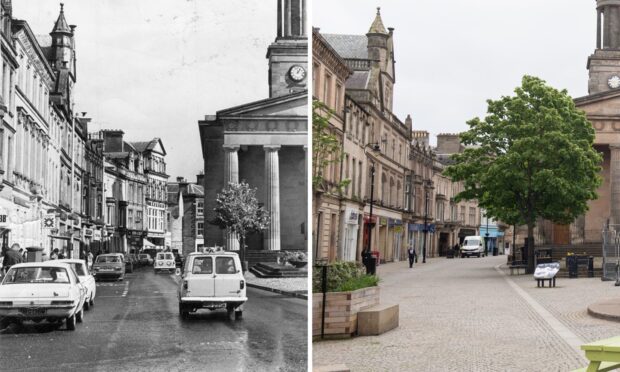
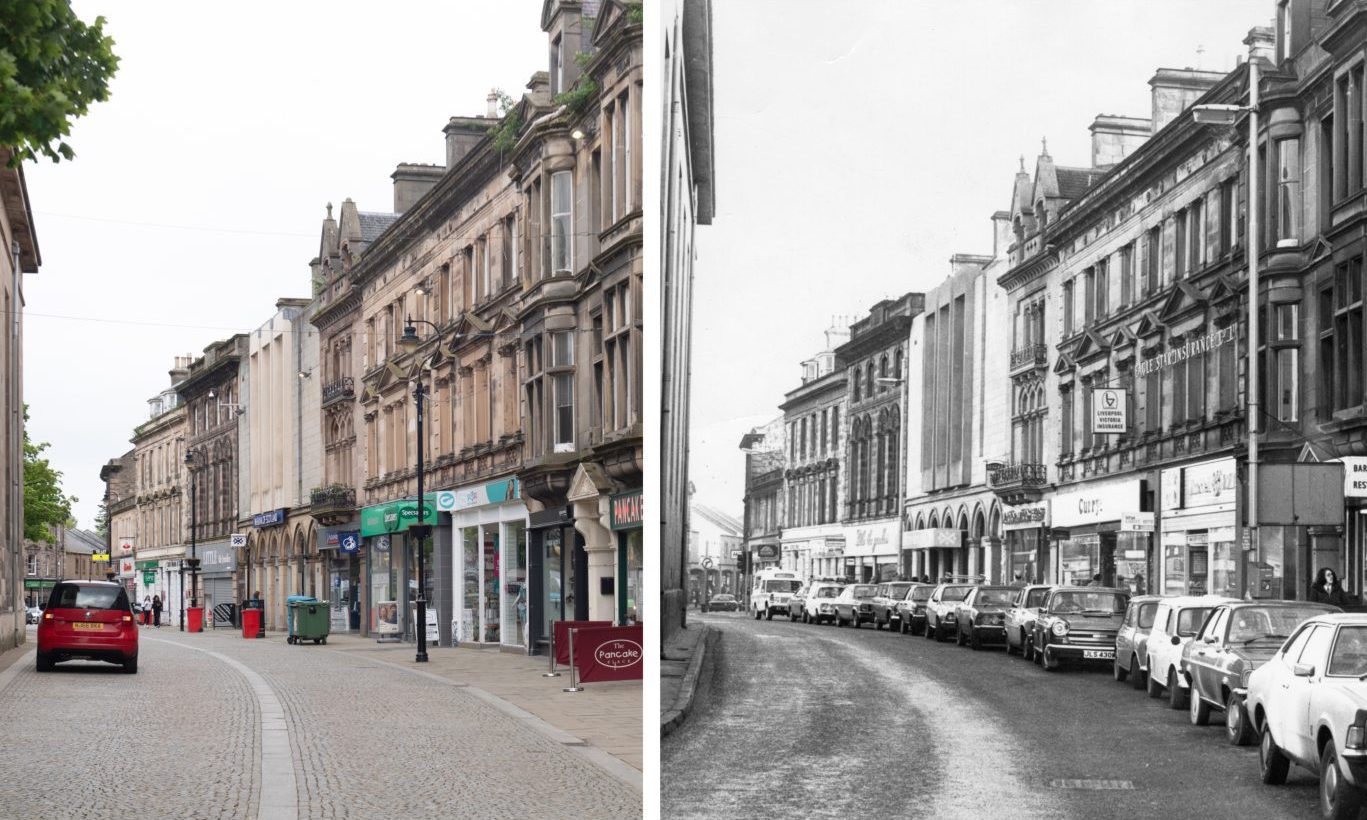
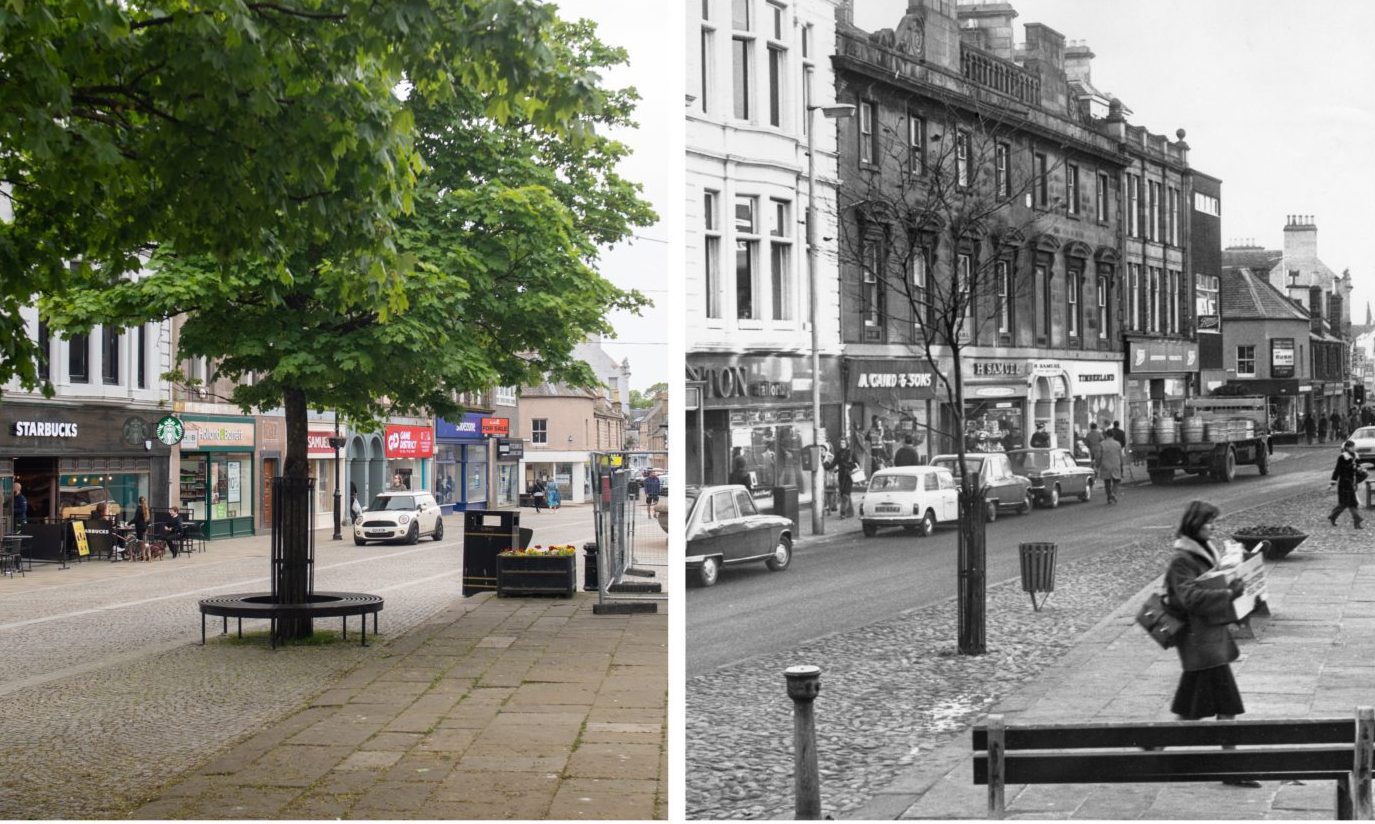
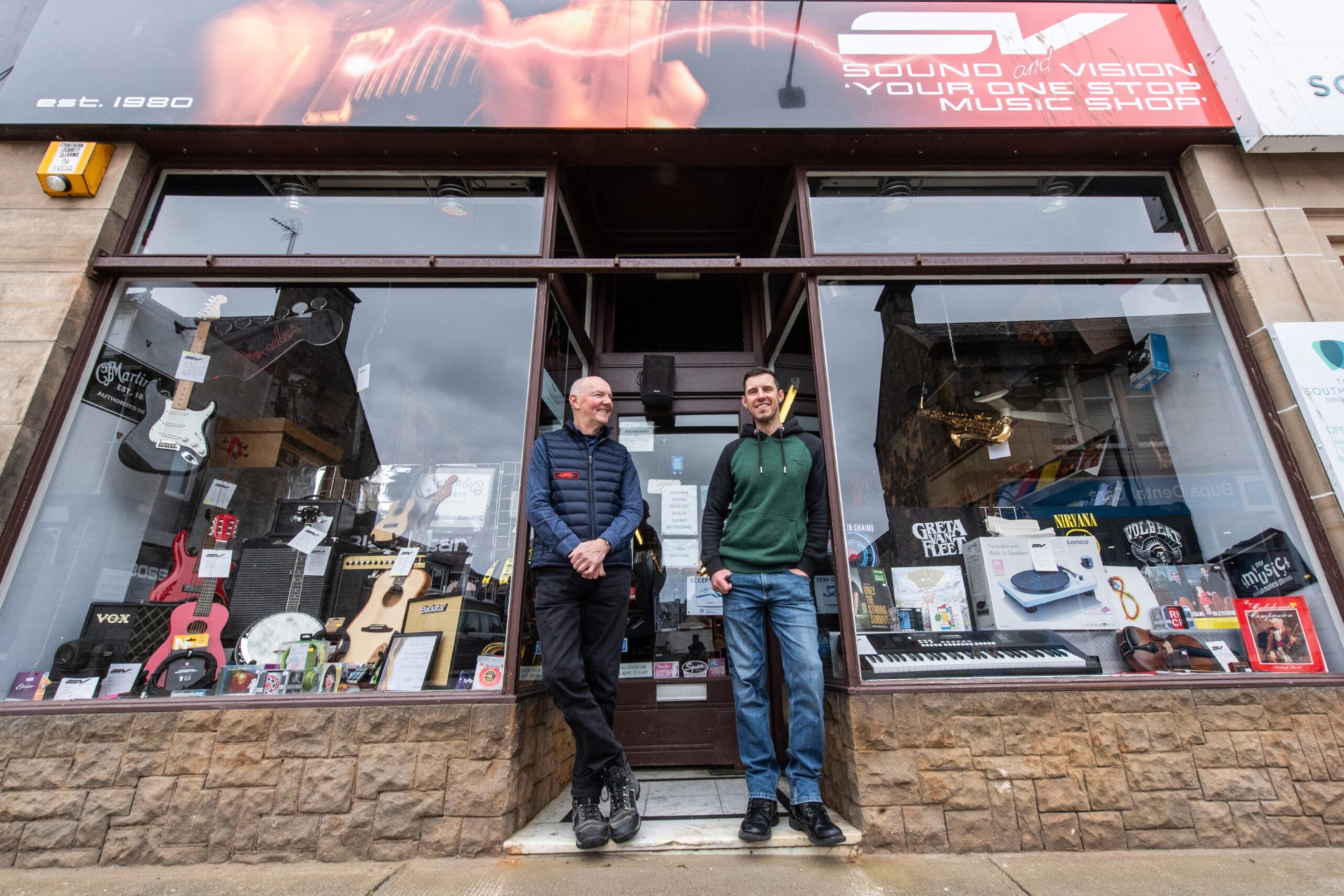
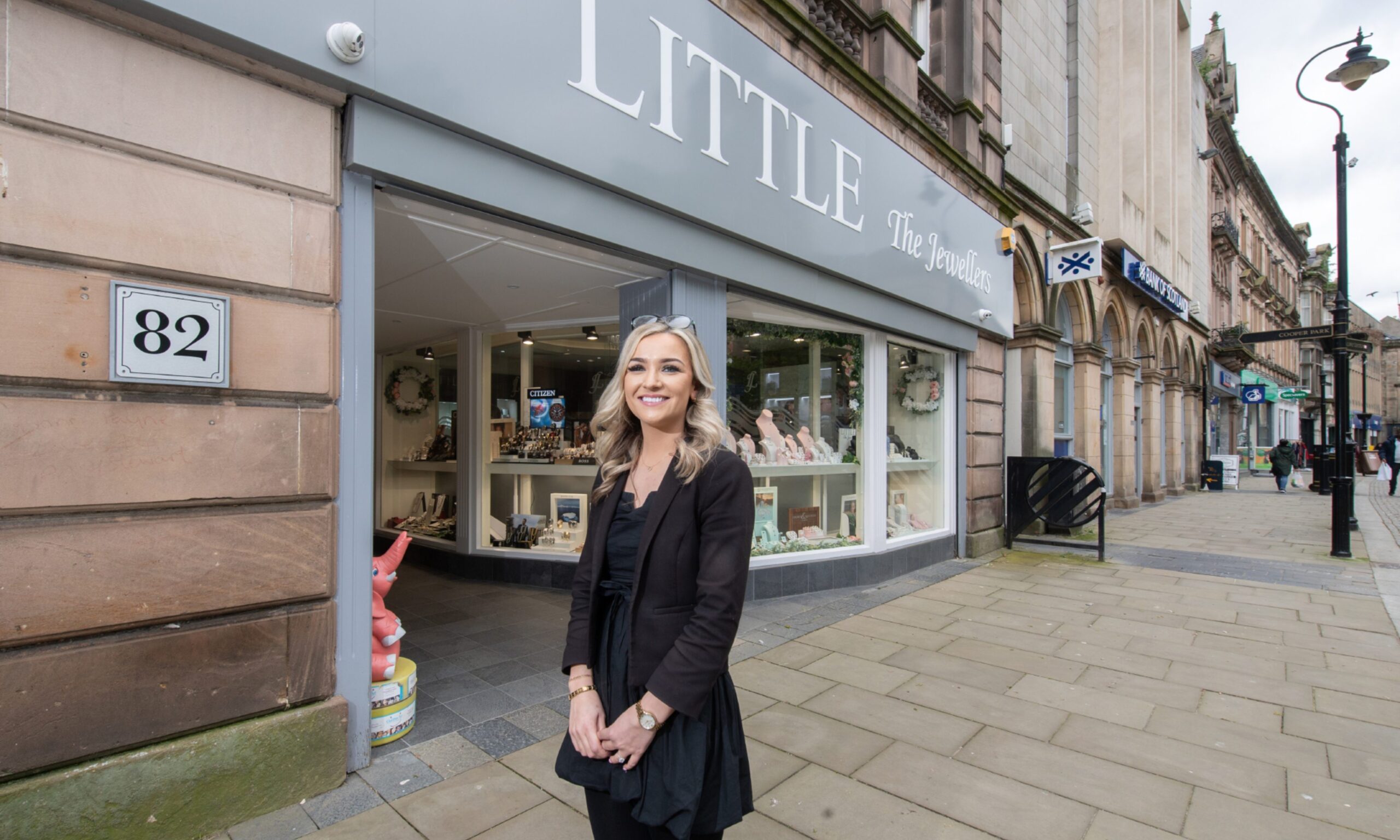
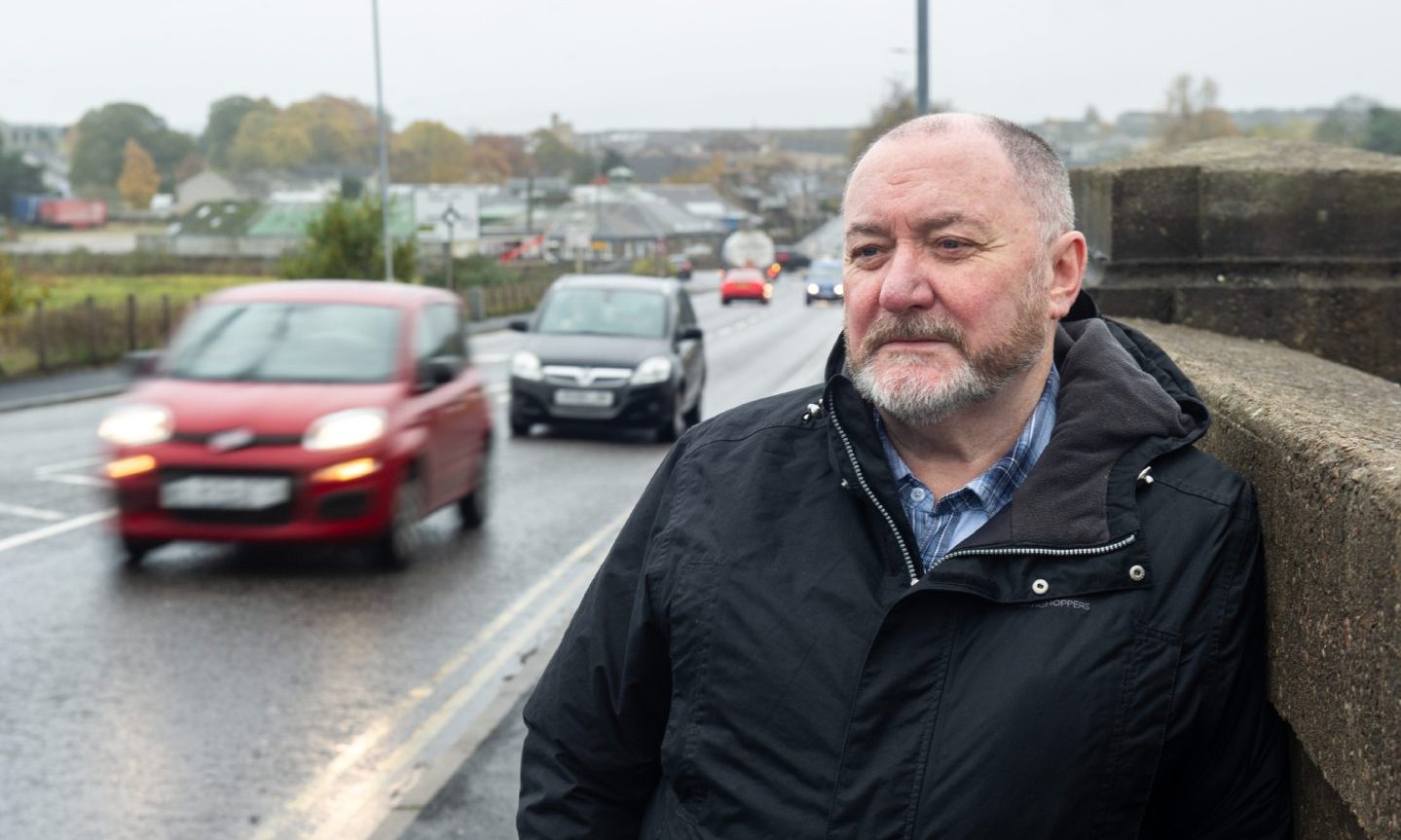
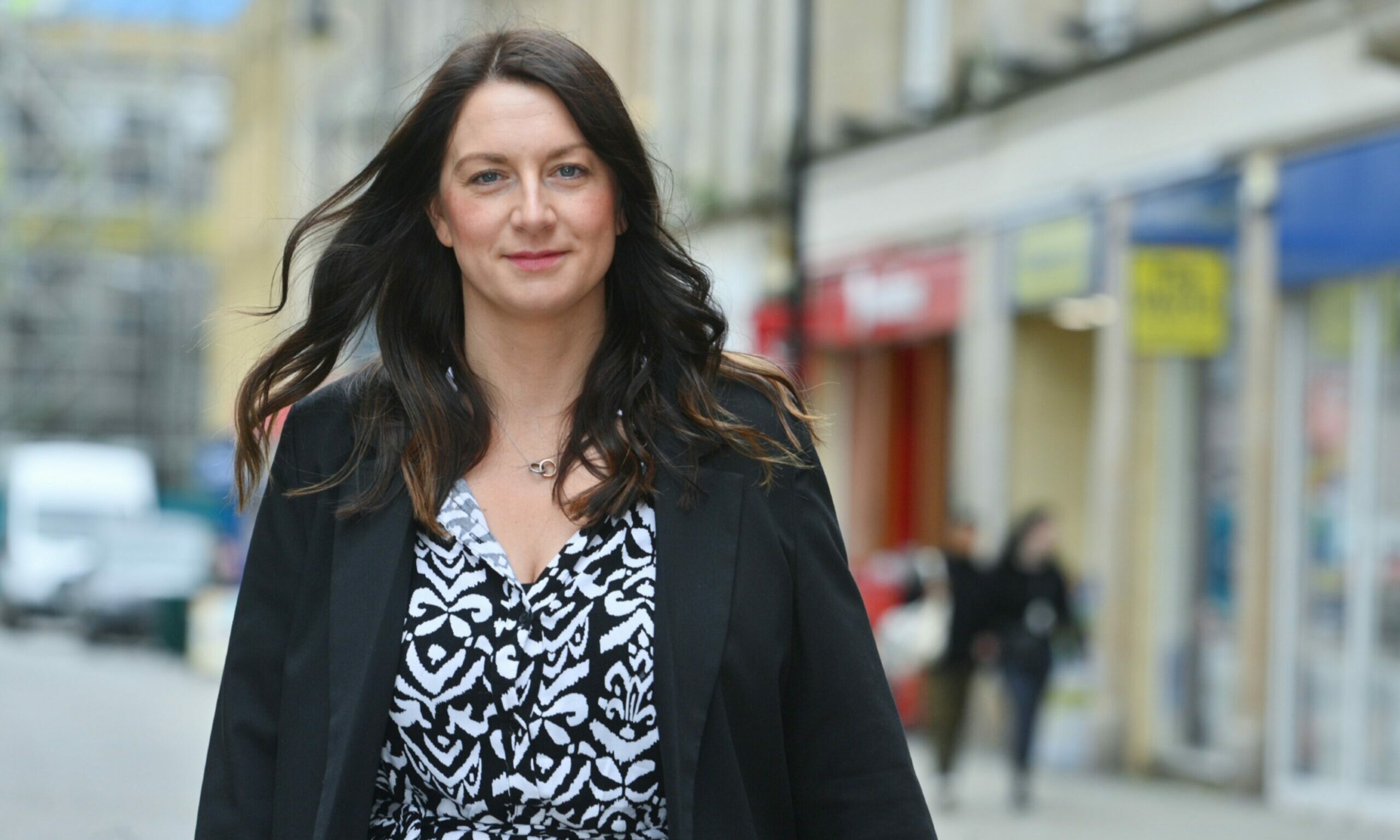
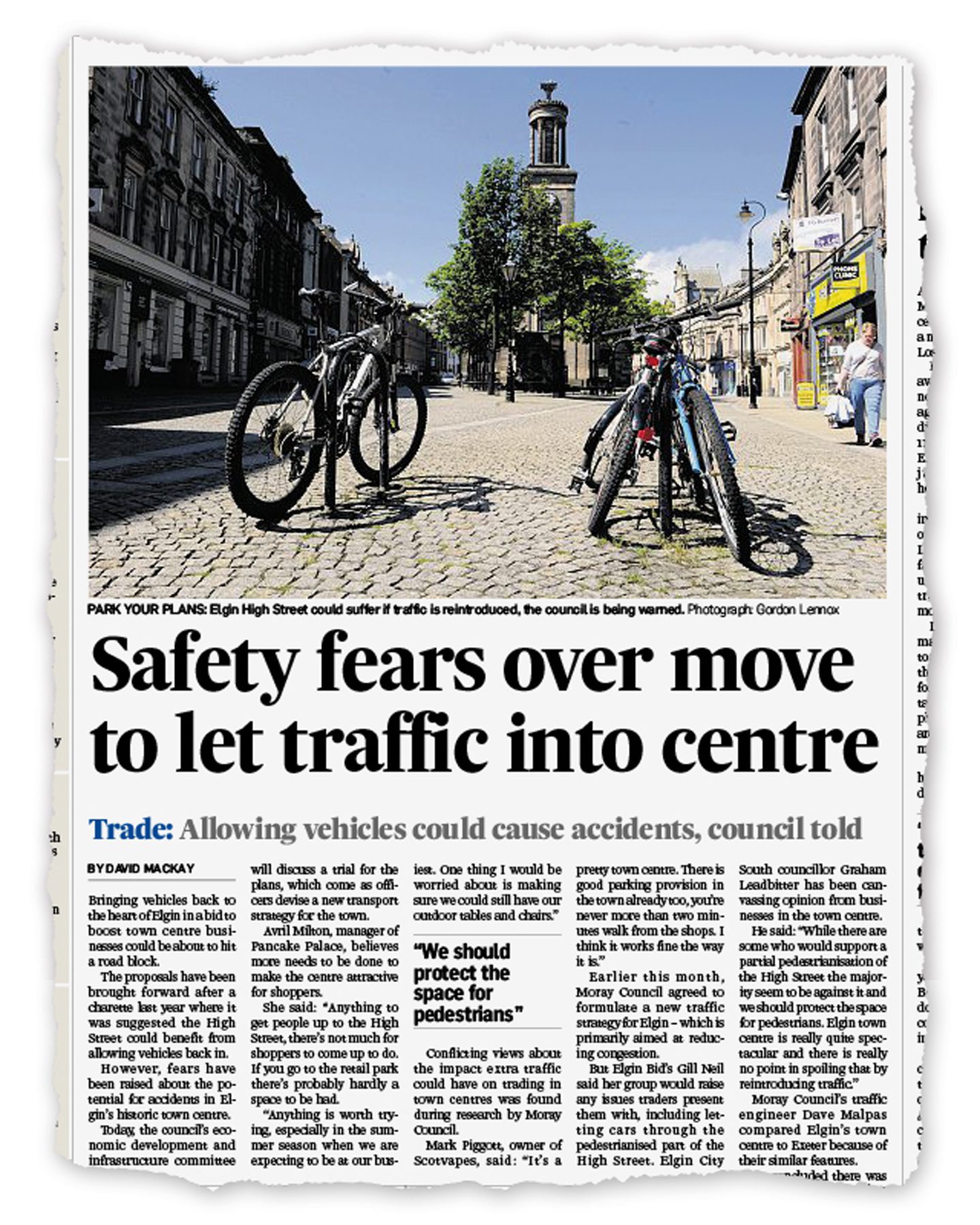

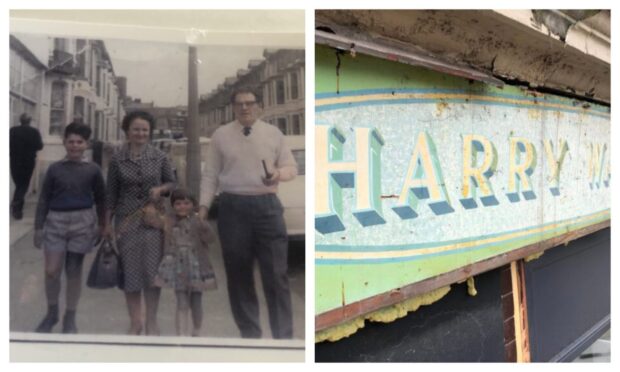
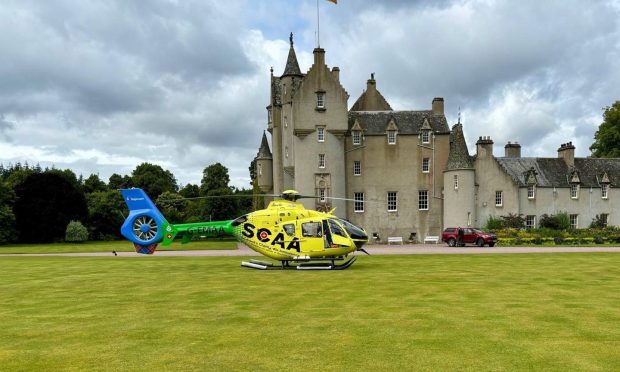
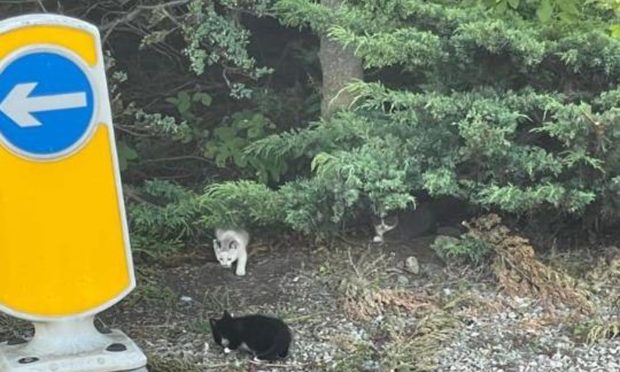

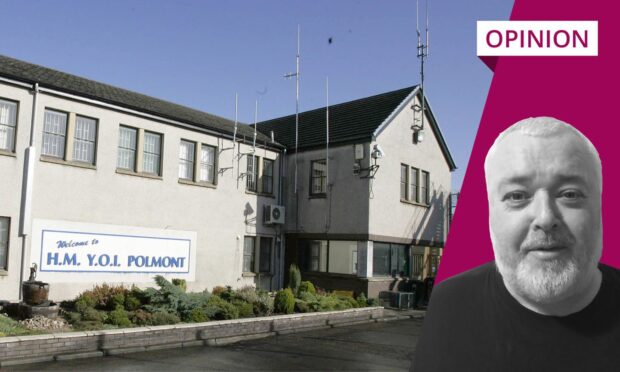
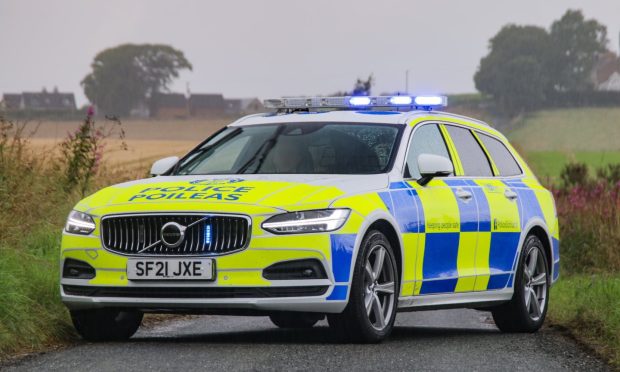



Conversation